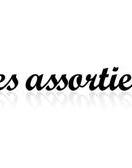Founded in 2013 by Central Saint Martins graduate and freelance set designer Sabrina Lee Hammon, Behind the Glass London focuses on fashion retail – from in-store displays and window installations to popups and company dinners, the company delivers bespoke services from concept to creation to a prestigious fashion clientele, which includes Soho House Group, Urban Decay, Harvey Nichols, Topshop and UGG today. Coming from a set design background, Hammon decided to set up a business that would marry her experience and natural creativity with her love of retail to bring a creative twist to the retail market. Read on as she reflects on her journey within the retail industry so far, discusses carving her own aesthetic and future plans.
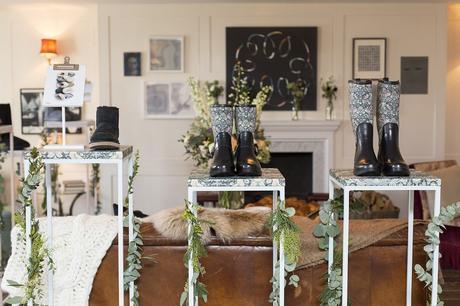
Tell us about your background and how you came to work as a set designer.
I studied at Central Saint Martins in London on a course called Performance Design and Practice, which was loosely based around the notion of set design. Whilst studying there, I realized that the course taught me some creative skills, but that I needed some first-hand experience working with set designers in the field. I applied to work/intern/freelance with some established set designers, gaining invaluable experience. Once I graduated, I then had more practical skills from that experience which enabled me to freelance on my own, whilst still assisting larger designers and companies.
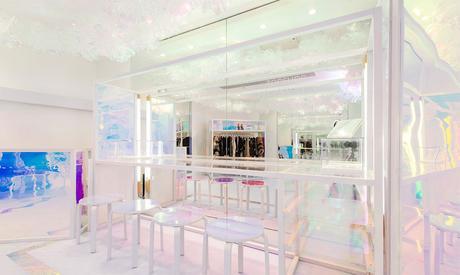
Which was the first project you worked on once you started your company? In what ways have you evolved?
My first official job with my company, Behind the Glass London, was for Harvey Nichols in Knightsbridge. The brief was to design Olympics-inspired head-pieces for the 1st floor of Harvey Nichols, an area containing extremely high-end designers; so, the materials I used and how I executed the pieces had to compliment this. Since then, I have evolved in many ways, depending on the brief and client, which allows me to diversify my skill-set and conceptualization. I have stuck with the same approach since the initial Harvey Nichols job, in terms of presenting my work to each client from concept to creation, as this was one of the skills I did learn at Central Saint Martins.
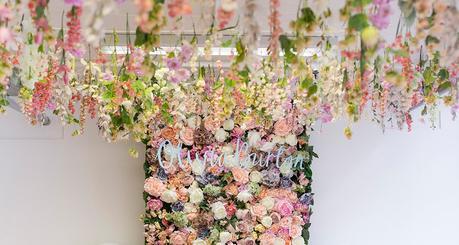
I guess set design really depends on the brand’s image, but is there a process that is common and you always implement?
Again, in terms of process, I start with mood-boarding and researching a topic or theme usually provided by the client. We then engage in a regular dialog between the client and myself; an exchange of information based on the images provided as well as the client’s needs. From this, we will produce drawings, some 2D and some 3D, to illustrate an impression of the final design along with material samples. This all happens before any production occurs.

Are there guidelines from your clients you have to follow or do they leave the entire concept up to you?
Each client is different. Sometimes there will be a loose theme, and other times a list of things that they require. This also depends on variables such as the location, as we may be restricted by space and time. However, we do like to push ourselves and create the unexpected from brands whilst staying true to their identity in every project we do.
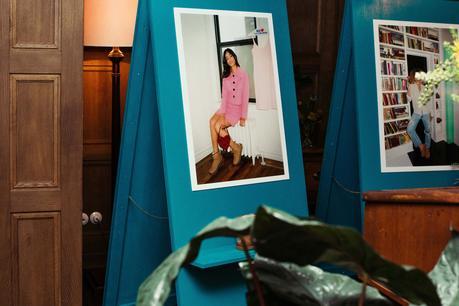
Do you use 3D techniques or other digital mediums to facilitate your work? If so, which are they?
We like to use photoshop, illustrator and sketch up a mixture of all three that help demonstrate our ideas.
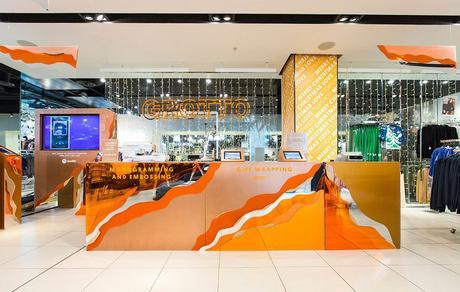
I think that, particularly in London, installations and presentations thrive during fashion week. Judging from the amount of fashion week projects you have worked on, do you think they require a special treatment?
I think every project requires special treatment. Such is the bespoke nature of my work, as like in fashion week, a press day or a window installation needs to be engaging, inspiring and sell the product.
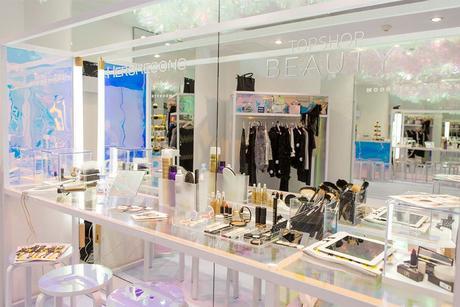
How do you stay inspired and develop your own style?
I stay inspired by documenting and photographing a wide variety of subjects, such as the texture of plaster on a wall, or even lighting in a space. Applications like Pinterest and Instagram play a big part, but I still love going to exhibitions in addition to theatre/films.
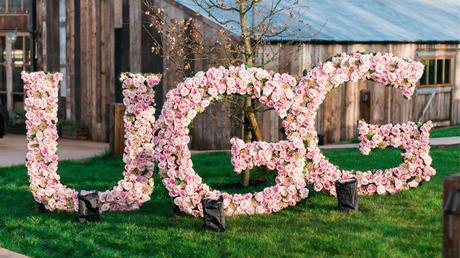
What do you think the future holds for production design?
I think technology will play a big part in the future of production design, but I think it’s exciting because as we evolve in skills and ideas, so will production design.
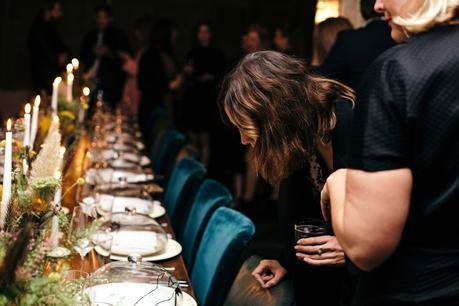
What are you currently working on and what are your future plans?
We have been working on a lot of brand dinners and brunches recently for clients, and currently working on a few of those for the beginning of 2017. The future plans for Behind the Glass London are to grow, and to continue exploring and pushing boundaries for clients whom we see ourselves collaborating with, as well as working on exciting new ventures that help take set design for retail to new heights.
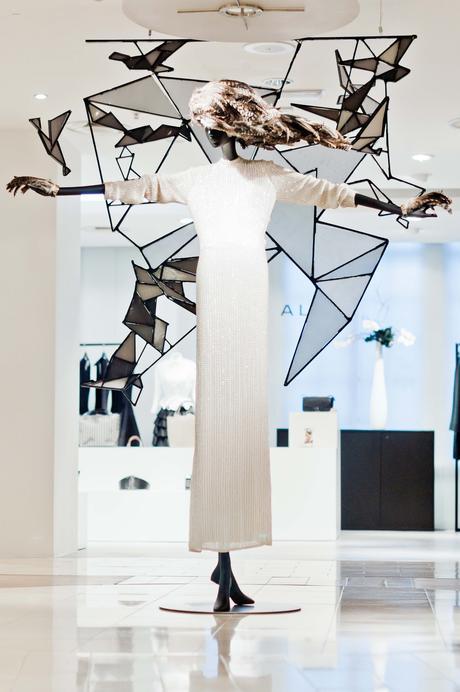
www.behindtheglasslondon.com
Images © Sabrina Lee Hammon & Behind the Glass London
